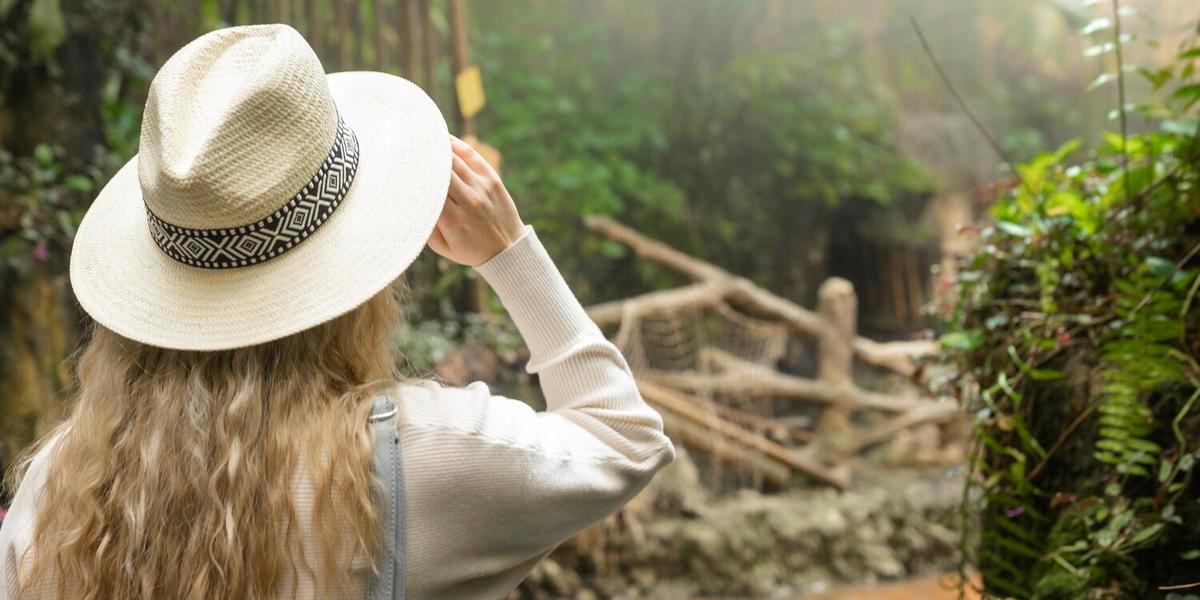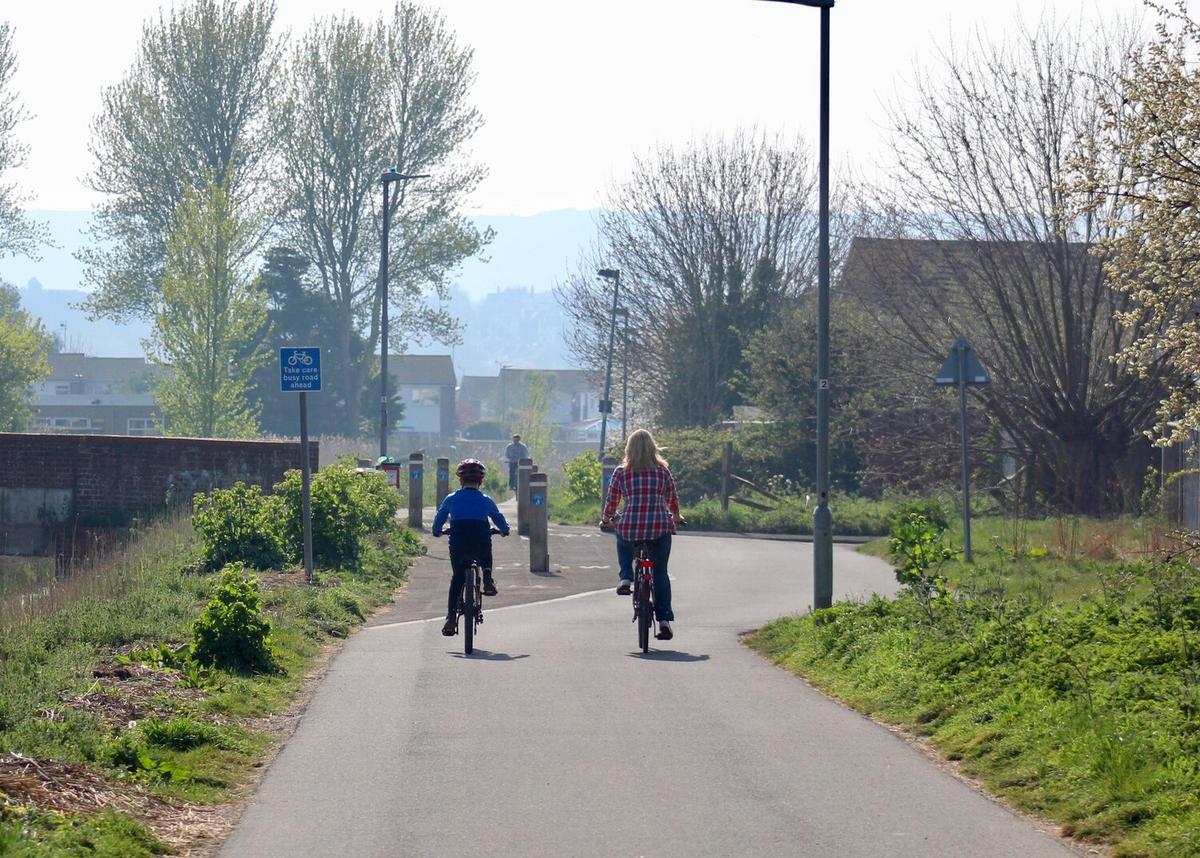
Urban Gardening: Bringing Nature Back to the City
As urban landscapes continue to expand, the need to incorporate green spaces becomes increasingly vital. Urban gardening, an innovative approach to bringing nature back into the city, offers a sustainable solution that enhances both the environment and the well-being of city dwellers.
Urban gardening is more than just a trend; it’s a movement that reconnects us with nature in the heart of bustling cities. According to a report by the Food and Agriculture Organization, urban agriculture can contribute to food security, environmental sustainability, and economic opportunities. By transforming rooftops, balconies, and vacant lots into lush gardens, city residents are cultivating a greener future.
Why Urban Gardening Matters
Dr. Lisa Johnson, an expert in sustainable urban development, emphasizes the importance of urban gardening as a tool for environmental resilience. ‘Urban gardening not only helps reduce the urban heat island effect but also improves air quality and promotes biodiversity,’ she notes.
Statistics Highlighting the Impact
Research from the University of California found that urban gardens can reduce energy usage by up to 30% by providing natural insulation. Additionally, gardens in urban areas can increase property values by up to 15%, making them a wise investment for homeowners.
A Personal Journey into Urban Gardening
Take the story of Mark, a city dweller who transformed his apartment balcony into a thriving herb garden. ‘It all started with a single basil plant,’ Mark shares. ‘Now, I grow everything from mint to cherry tomatoes, and it’s incredibly rewarding.’
Getting Started with Urban Gardening
Ready to dig in? Here are some beginner-friendly tips to get your urban garden off the ground:
- Start small: Choose easy-to-grow plants like herbs or leafy greens.
- Use containers: Opt for pots or vertical planters to maximize space.
- Ensure good drainage: Prevent waterlogging by adding stones or gravel to pots.
- Choose the right soil: Use a high-quality potting mix for optimal growth.
- Consider sunlight: Most plants need at least 6 hours of sunlight daily.
Resources for Urban Gardeners
For those seeking more information, check out gardening blogs like Gardener’s World or local community gardening workshops.
Urban Gardening Tools and Techniques
| Tool/Technique | Description |
|---|---|
| Raised Beds | Improves drainage and soil quality. |
| Vertical Gardens | Maximizes space with wall-mounted planters. |
| Hydroponics | Grows plants without soil using nutrient-rich water. |
| Composting | Utilizes kitchen scraps to enrich soil. |
| Drip Irrigation | Conserves water by targeting roots directly. |
| Mulching | Retains moisture and suppresses weeds. |
| Companion Planting | Pairs plants that benefit each other. |
| Pollinator Plants | Attracts bees and butterflies for better yields. |
FAQs
What are the benefits of urban gardening?
Urban gardening improves air quality, reduces heat, and provides fresh produce.
How can I start an urban garden?
Begin with small, easy-to-grow plants in containers and ensure they receive adequate sunlight.
What plants are suitable for urban gardening?
Herbs, tomatoes, lettuce, and peppers are great for beginners.
Conclusion: Taking the First Step
Urban gardening transforms concrete jungles into vibrant, sustainable communities. By starting your own garden, you contribute to a greener, healthier city. So grab a trowel and some seeds, and start bringing nature back to the city today!


